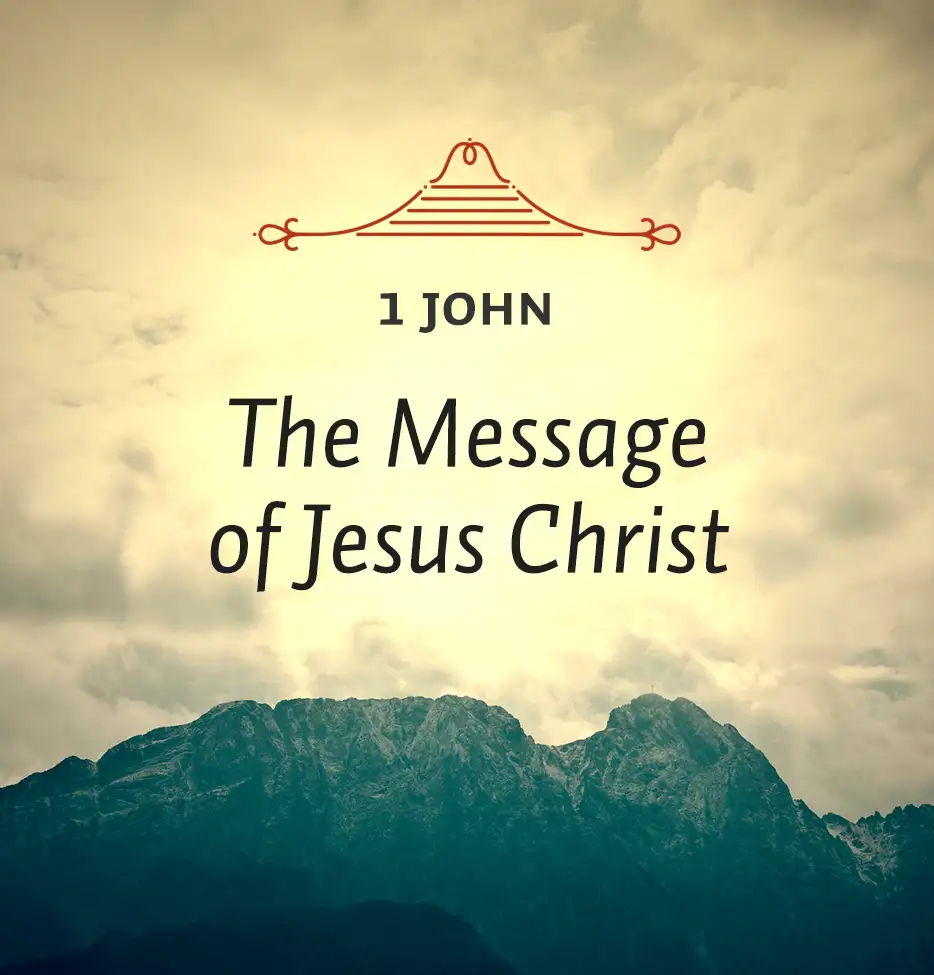In biblical thought two special ideas are associated with the image of light, however. First, the image generally has ethical overtones. That is, it is a symbol of holiness or purity as well as of intelligence, vision, growth and other realities. This is apparent several times in John’s Gospel, as when John declares Jesus to be “the light of men” (John 1:4), or later, when he says, “And this is the condemnation, that light is come into the world, and men loved darkness rather than light, because their deeds were evil” (John 3:19). Clearly this use of the imagery would not be so agreeable to John’s opponents, particularly when he challenges Christians to “walk” or “abide” in the light, as he does later.
These ethical or moral overtones are of great importance. Is God righteous? Then the lives of Christians should be known for being righteous. If he is holy, we should be holy. Indeed, says John, if anyone claims to know God while yet living a sinful life, he is either deceiving himself or lying.
The second unique characteristic of the biblical use of light is in applying it to Jesus; that is, in applying it to the historical Jesus in exactly the same way that it is applied to God. In a much lesser sense those who follow Christ are said to be “children of light” or even “light” itself (Matt. 5:14), but this is not true for them in the same sense that it is true for Jesus. They are kindled lights, as Jesus said John the Baptist was (John 5:35). Jesus is light in the same sense that God is light. He is holy and the source of all good. In the Gospel, John tells us that Jesus is the One who reveals the world’s darkness and is victorious over it (John 1:4-5).
How is it that John received the message that “God is light and in him is no darkness at all”? Is it not in this, namely, that Jesus is Himself the light and that He revealed Himself to John? Commentators have pointed out that we do not have any explicit teaching of Jesus in the New Testament to the effect that God is light. But we have very little direct teaching of Jesus about the Father at all. Why? Clearly because He is Himself the revelation of the Father. “He that hath seen me hath seen the Father,” He told Philip. We can only know the Father through Him. Put in more theological terms this means that Jesus is Himself the revelation. He is the message. In this as in the other Johannine literature it is not simply the revelation of God, expressed in propositional statements, but the revelation of God in Christ that is presented to us. Nothing, then, must detract from Christ. Rather, it is He who was seen and heard and touched who must be fully proclaimed.
It is a characteristic of this letter that John frequently accompanies a positive statement of some truth with a negative statement designed to reinforce it, here reinforcing the claim that God is light by the longer phrase “and in him is no darkness at all.”
This is an important principle in the biblical concept of truth, indeed of any truth properly understood. If “A” is true, then the opposite statement must be false, or else “A” is meaningless. John knew this, of course. Consequently, when he says that God is light he immediately denies that He is darkness. God is good; hence, God is not bad. God is holy; so He is not sinful. Men may mix the two, as in many of the Eastern religions, in which all things, good and bad, unite in the One. But this is not John’s teaching, nor that of the Bible as a whole. In this outlook God emerges as that which is totally holy and therefore as that which is totally opposed to all that is sinful and false. It follows from this that men must be holy if they are to have fellowship with Him, as John now shows.






